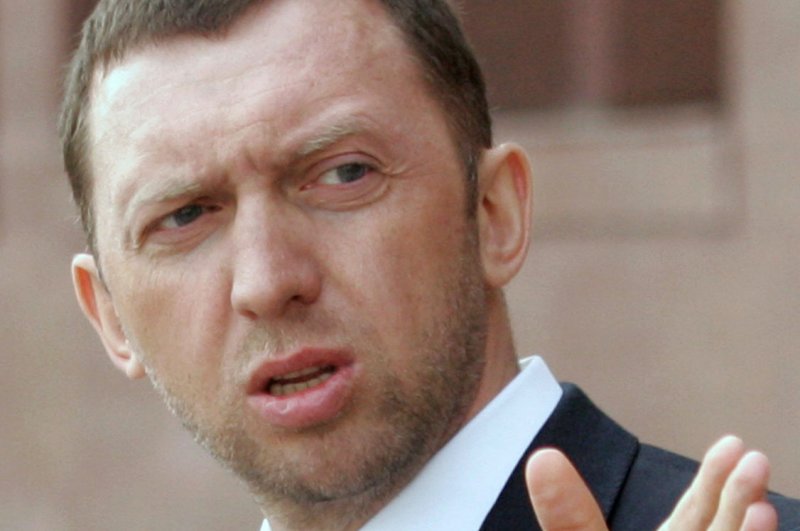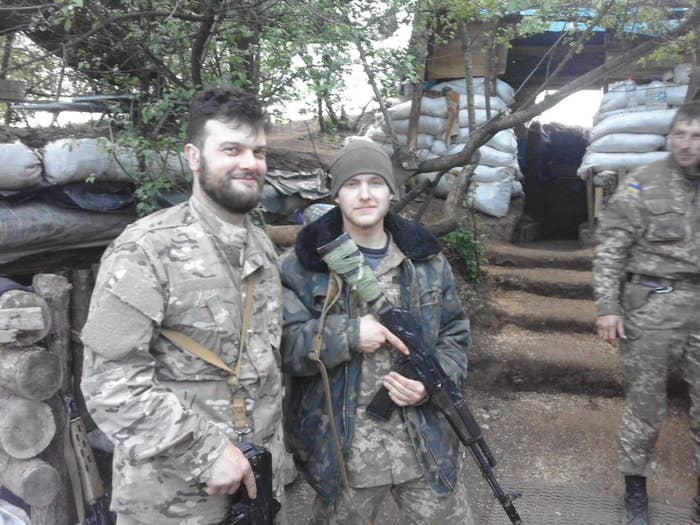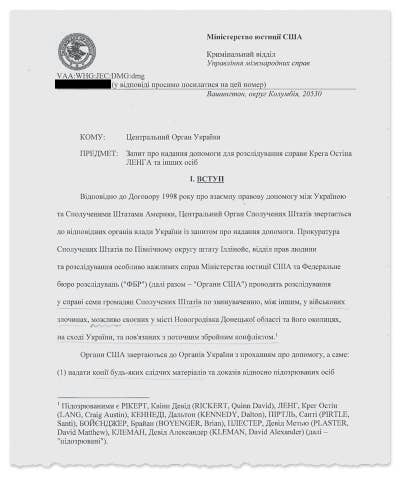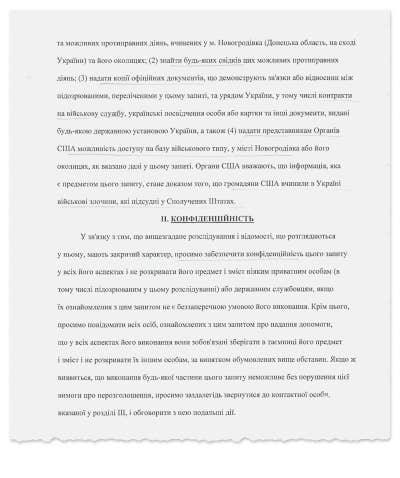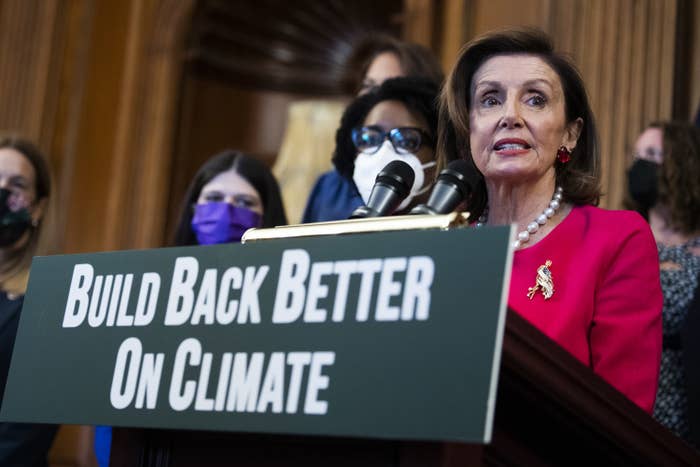EDUSA
Fixing the Broken High School-to-College PipelineChauncy Lennon and Anne Stanton
Mon, October 18, 2021

As the nation struggles with the COVID-19 pandemic, a double-edged educational crisis has emerged: a surge in high school dropout rates and a precipitous decline in community college enrollment.
The details are all too plain — the nation’s public schools lost more than 1.1 million students last year, or 2 percent, versus an anticipated decline of less than 0.4 percent before the pandemic. Community colleges enrolled 476,000 fewer students last year than the year before, an 11.4 percent drop
As learning moved online, adolescents lost the support and stimulation of their peers, the discipline of extracurricular activities and, often, adult supervision to keep them on track. Many also had to work or care for younger siblings or ailing relatives. Prospective community college students declined to enroll because of pandemic-induced financial limitations, new family responsibilities and concerns about online courses, among other factors.
The pandemic pushed these problems to the forefront, but for decades, high schools have ill-served students with an academic model that is inflexible and often irrelevant, while community colleges have not sufficiently addressed the needs of the first-generation students from low-income families who often make up the bulk of their enrollment.
A fundamental problem — the structural flaw that brings these crises together — is the unnatural divide between secondary and postsecondary education. Americans think of K-12 and the years afterward as two distinct and separate parts, when they should be viewed as a continuum. Reimagining this system means that colleges must reach down, and high schools must reach up. Together, they need to ensure that students are learning skills and earning credentials that will prepare them for careers and success in today’s economy.
What does such a connection look like? Some promising examples come from Linked Learning, an education approach that works to transform the high school experience through rigorous technical training, work-based learning and robust student supports. It does so by disrupting tracking, a traditional practice that has deepened disparities by forcing students to choose between pursuing academic, pre-college studies and training for a trade.
In one large California district served by Linked Learning, Long Beach College Promise links high schools with public colleges. The partnership provides clear learning pathways for students, starting in their freshman year, with high-quality college and career preparation. All students at Long Beach Community College get free tuition their first year, and all Promise students meeting college prep requirements are guaranteed admission to California State University Long Beach. The schools reach out to students and families starting in sixth grade and continue the support through the transition to high school and college.
In Texas, the Dallas Independent School District has been working to expand alignment between high school curriculum and the expectations of employers and colleges. Starting in ninth grade, students can attend one of eight traditional early college high school programs or follow one of 18 technical pathways to earn an associate degree, tuition free, as well as gain valuable job experience through internships in fields such as health sciences, information technology and criminal justice. Other Dallas high school students may qualify for OnRamps, a program in which high school teachers join instructors at the University of Texas at Austin to teach college-level courses at the high school. The credits students earn automatically transfer to any public college in the state.
To help ensure a seamless handoff between senior year of high school and the first year of a degree or certificate program, high school and college educators in Monterey County, California, worked together to design a 12th grade math course that equipped all students to transition to postsecondary math. This is particularly important because poor preparation in high school math is a big barrier to success in college. When first-year community college students are required to take remedial, or developmental, math before progressing to credit-bearing courses, they often drop out. The Monterey K-12 and postsecondary educators joined forces to create a course that makes math more relevant and engaging, accommodates different student learning styles, and promotes tenacity and critical thinking — skills that support college and career success.
To encourage more students to take advantage of dual enrollment — an arrangement under which high school students take for-credit college classes for free — Indian River College in Florida regularly invites middle and high school students to its campus, where they get hands-on experience in classrooms and labs and can meet with an adviser to develop a college plan. Central Carolina Community College embeds college counselors – full-time employees of the college, funded by a grant program — in nine area high schools. And at Lorain Community College in Ohio, advisers work with high schools and partner with four-year colleges to map high school and community college curricula that lead to several popular majors and specific careers.
To ease the transition by giving teens a genuine college experience, Clemson University’s Emerging Scholars program brings high schoolers, starting in their sophomore year, to campus every year for a summer bridge program that helps them establish a college-going mindset through academic enrichment, tutoring and lessons in leadership. During the school year, they participate in various activities that promote college readiness. The aim is not necessarily to get students into Clemson, but to any college, two- or four-year, that’s right for them.
Many more exemplary colleges are adopting reforms aimed at better connecting with high school students and ensuring college completion. They are offering more holistic advising and accelerated and flexible schedules, embedding remedial coursework with credit-bearing courses and better attending to students’ social, emotional and financial needs.
Clarity, guidance, relevance: These are what students seek at both the high school and college levels. Our education system owes them all three. And it needs to deliver them acting as a united force.
Chauncy Lennon is vice president for learning and work at Lumina Foundation, an independent, private foundation based in Indianapolis. Anne Stanton is president of Linked Learning Alliance, a coalition of education, industry and community leaders and organizations dedicated to improving California’s high schools and preparing students for success in college, career and life.


